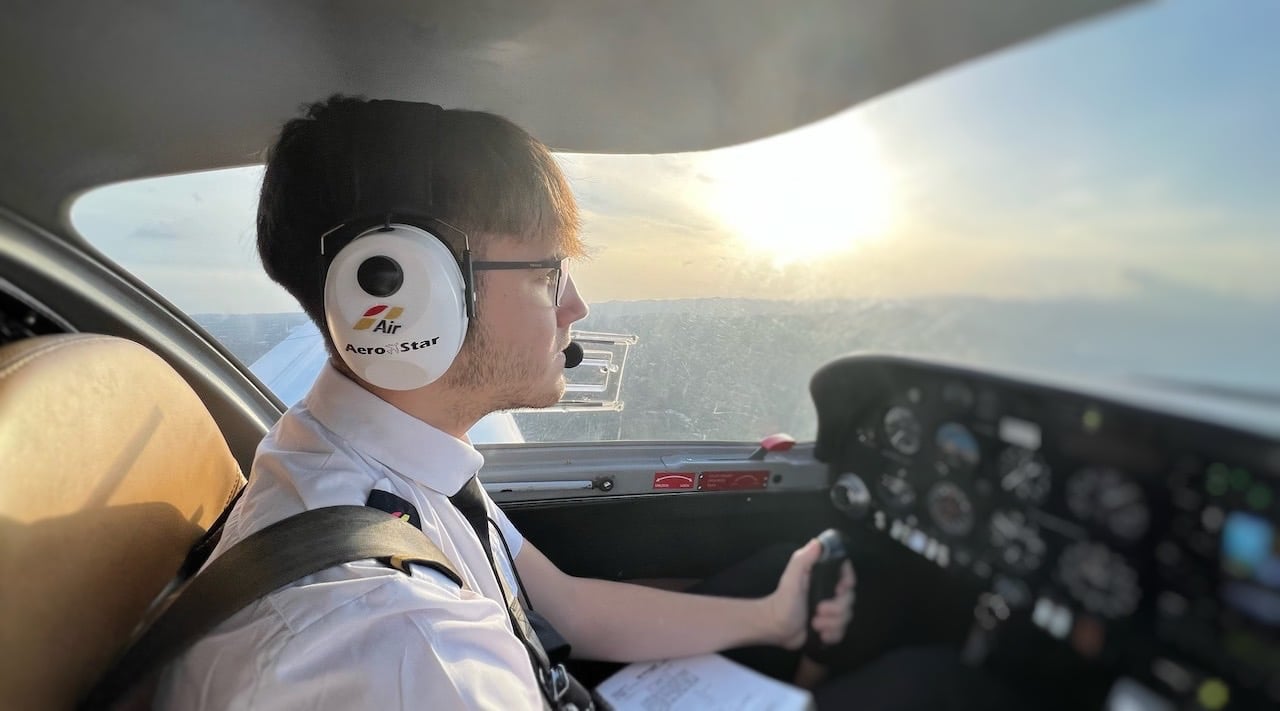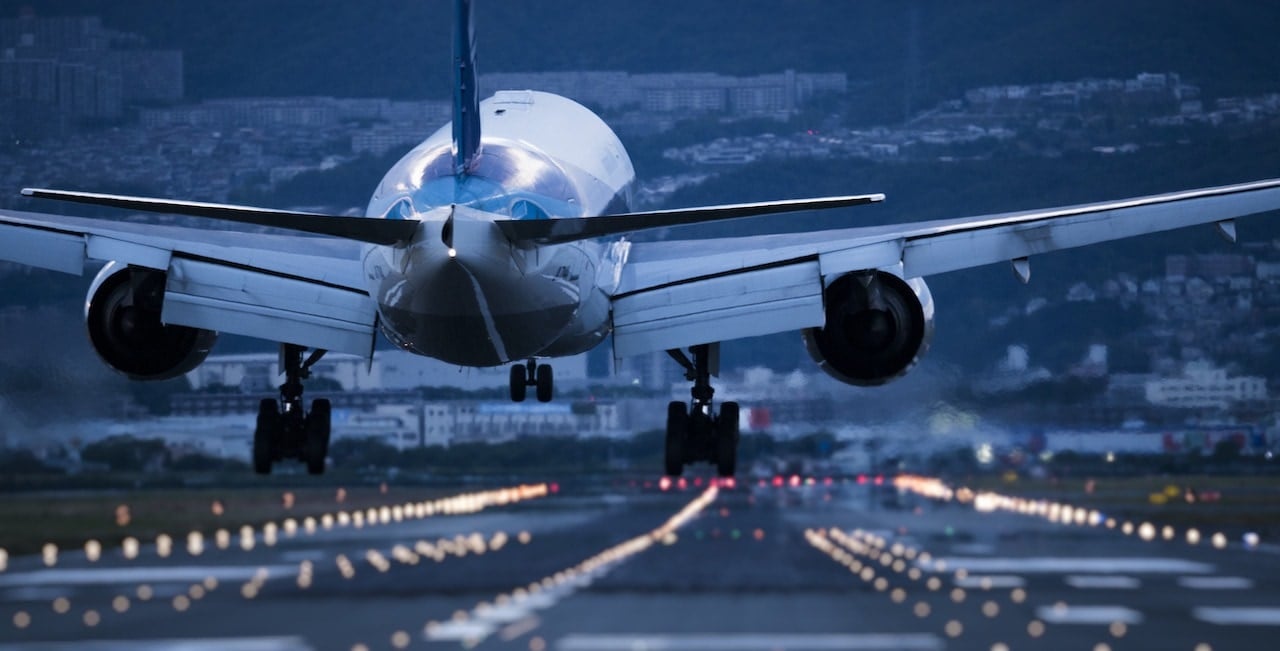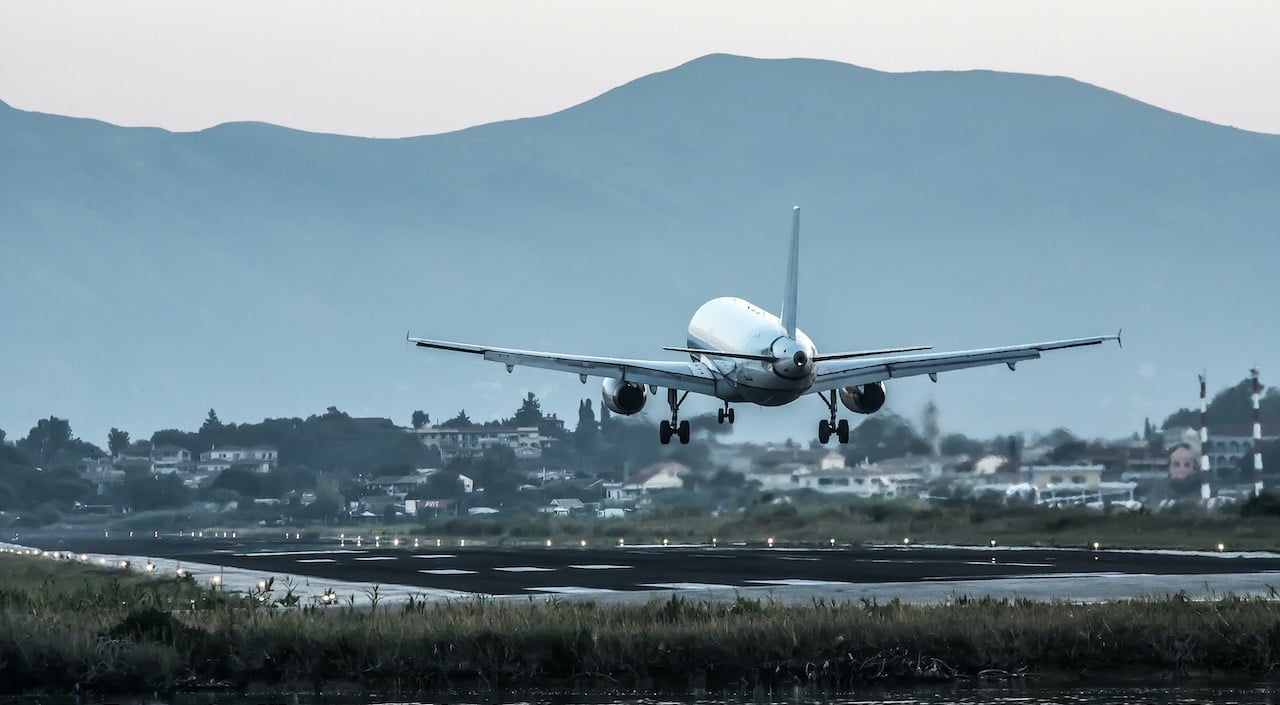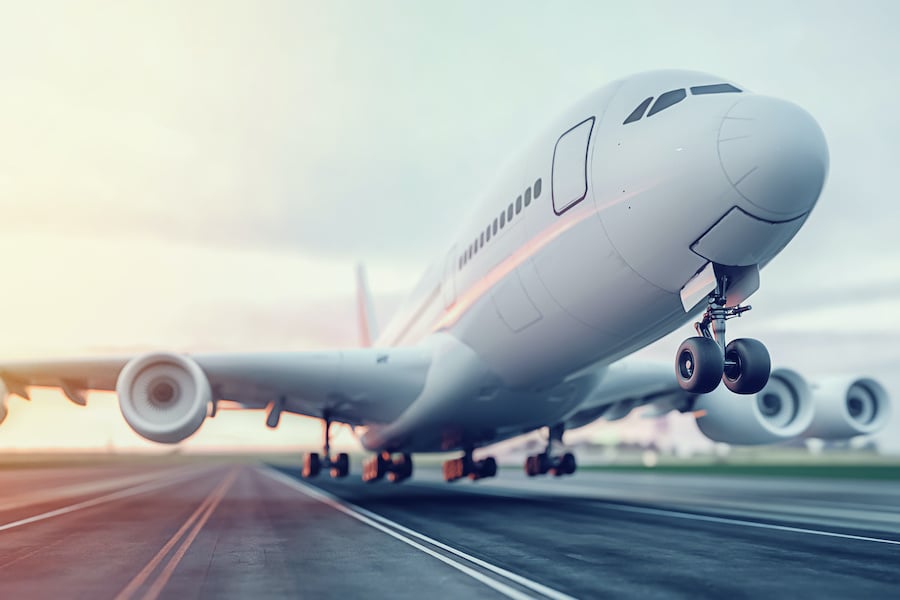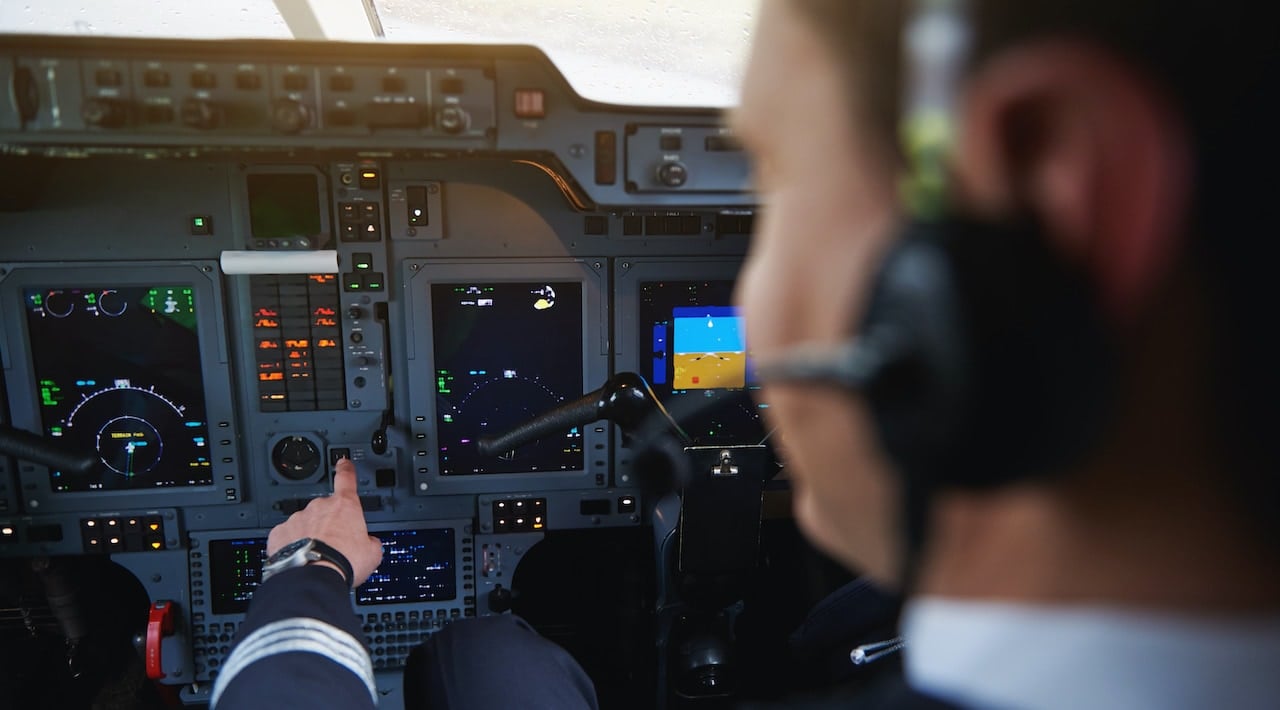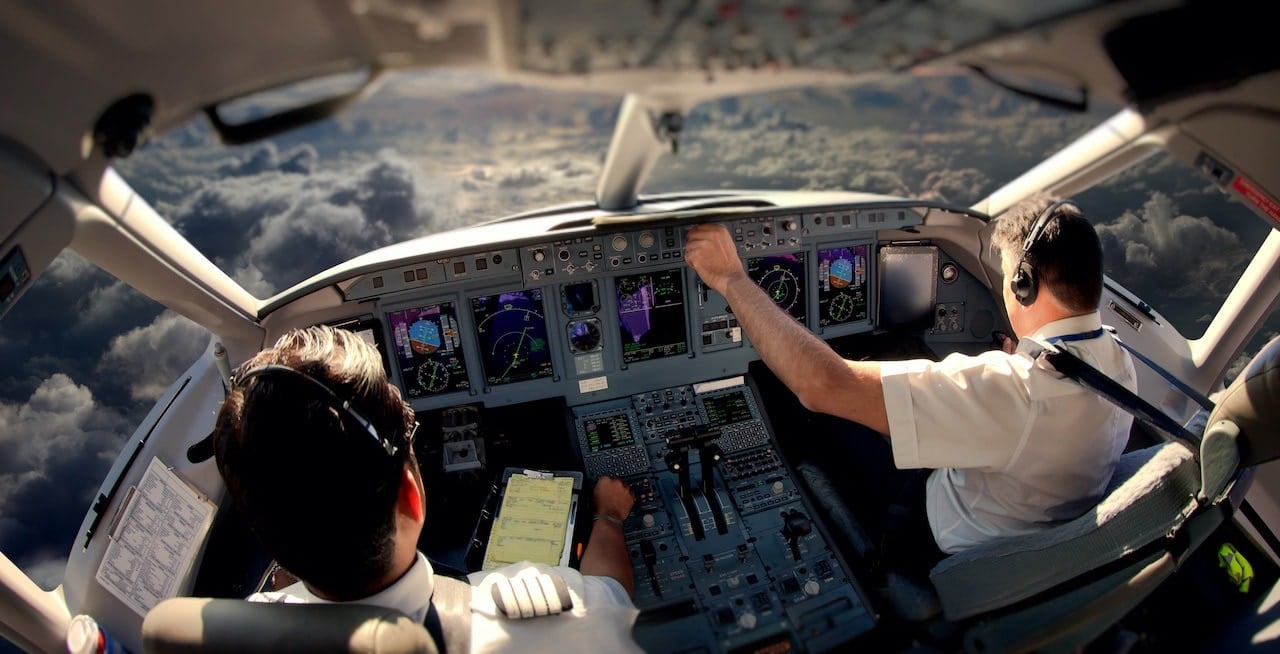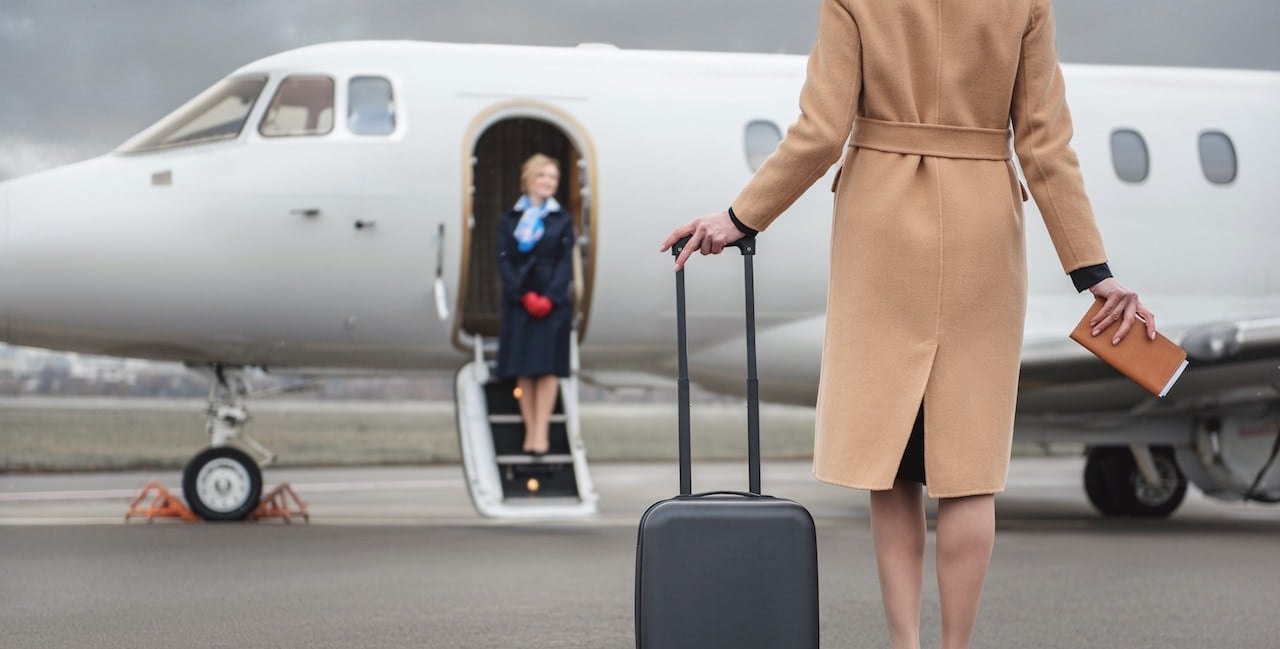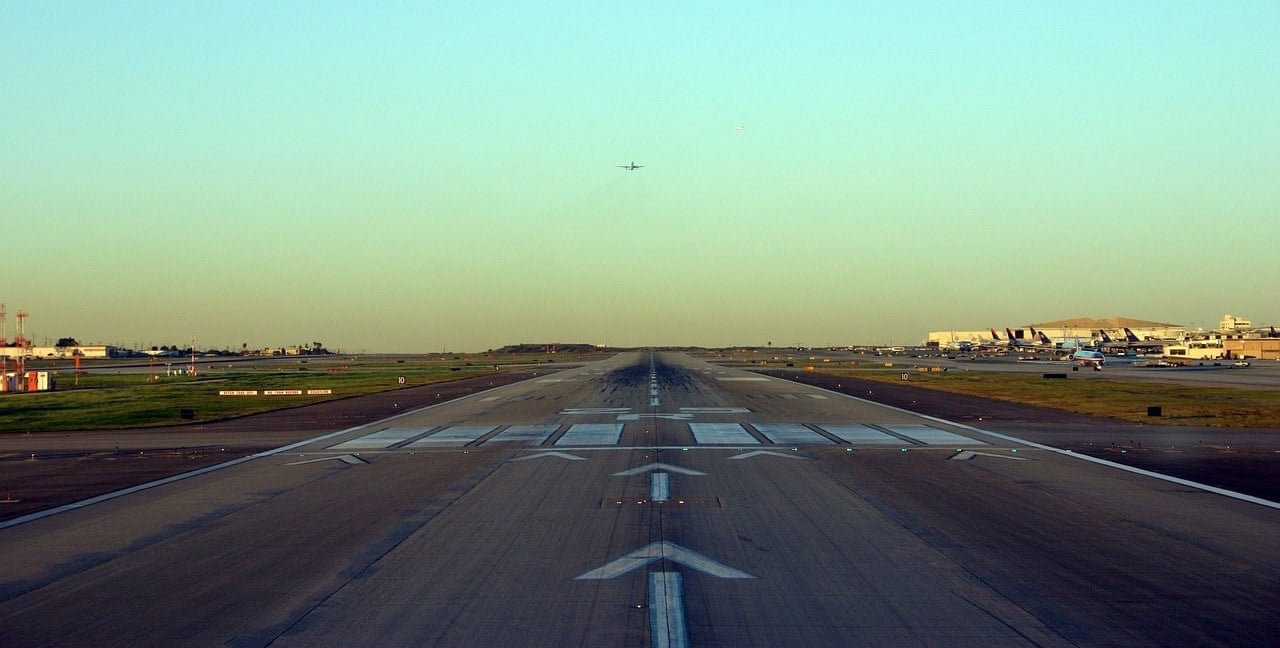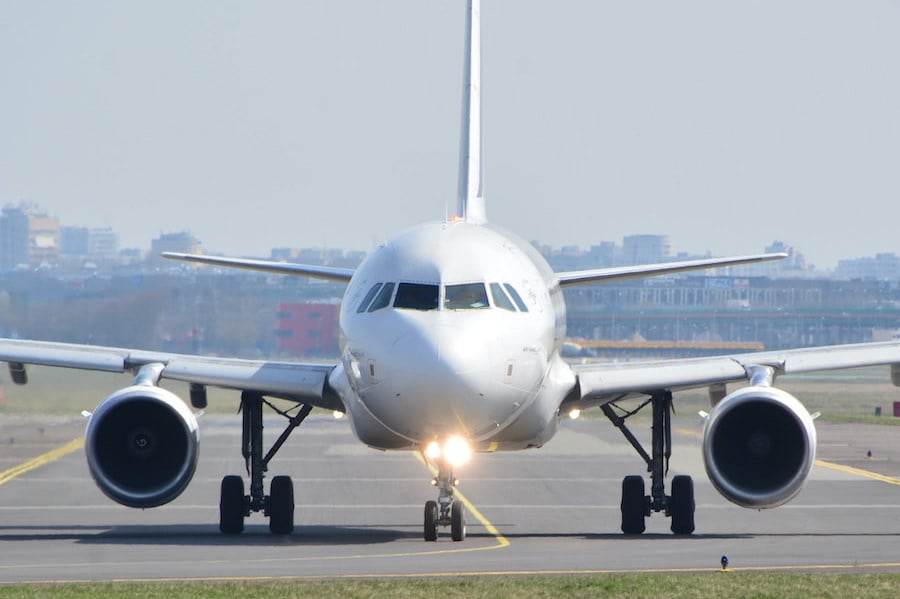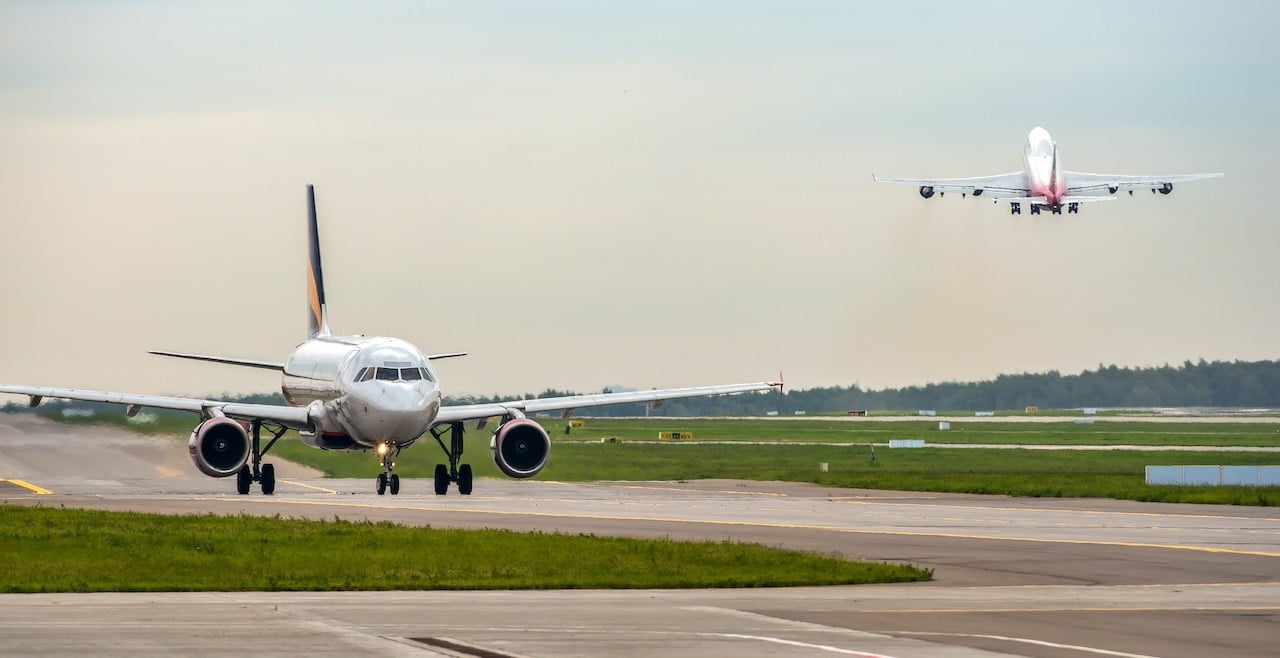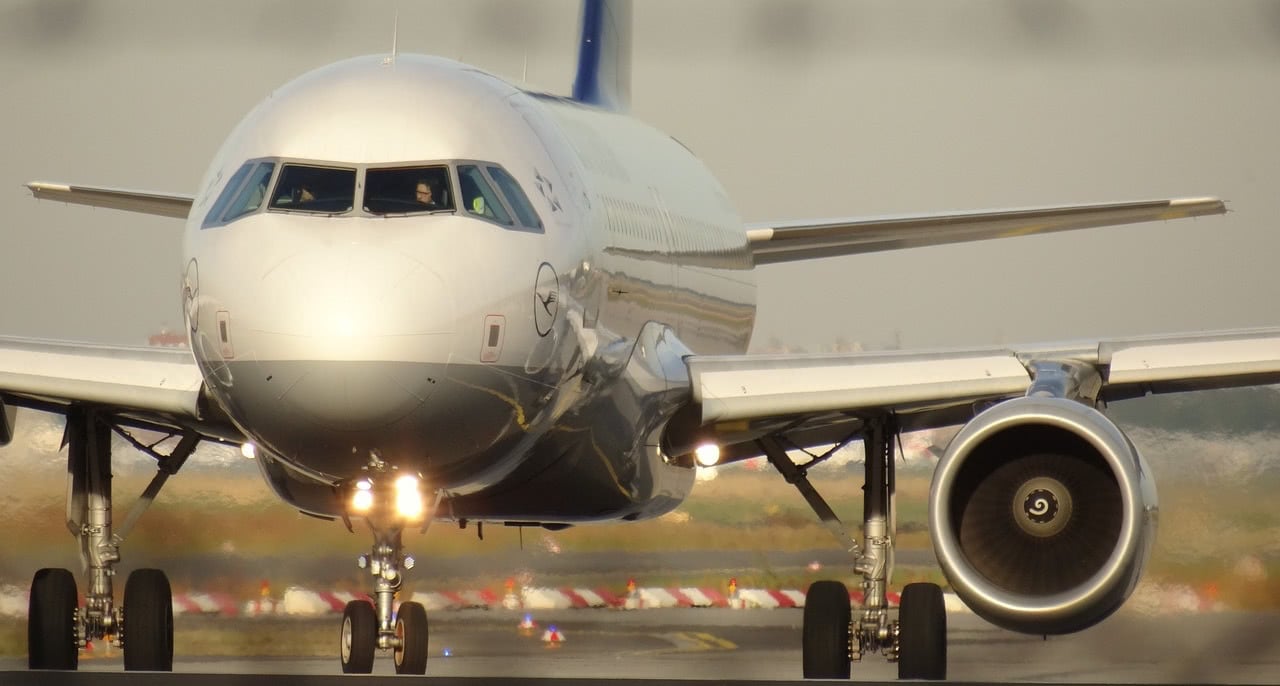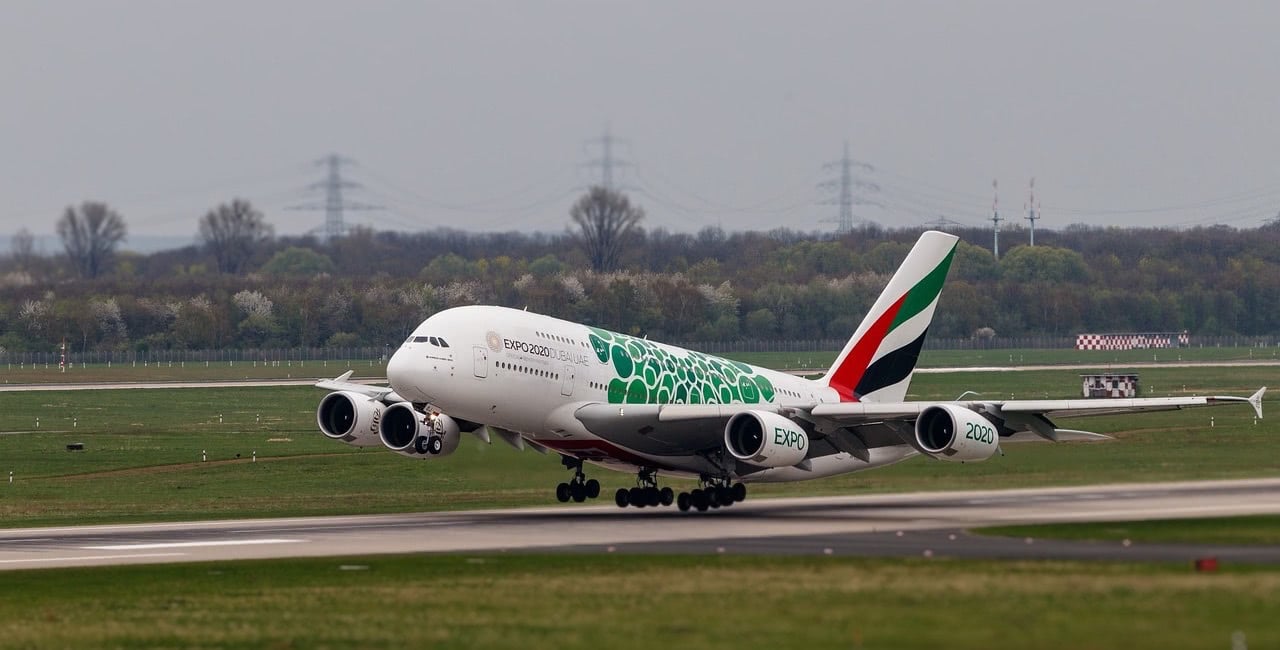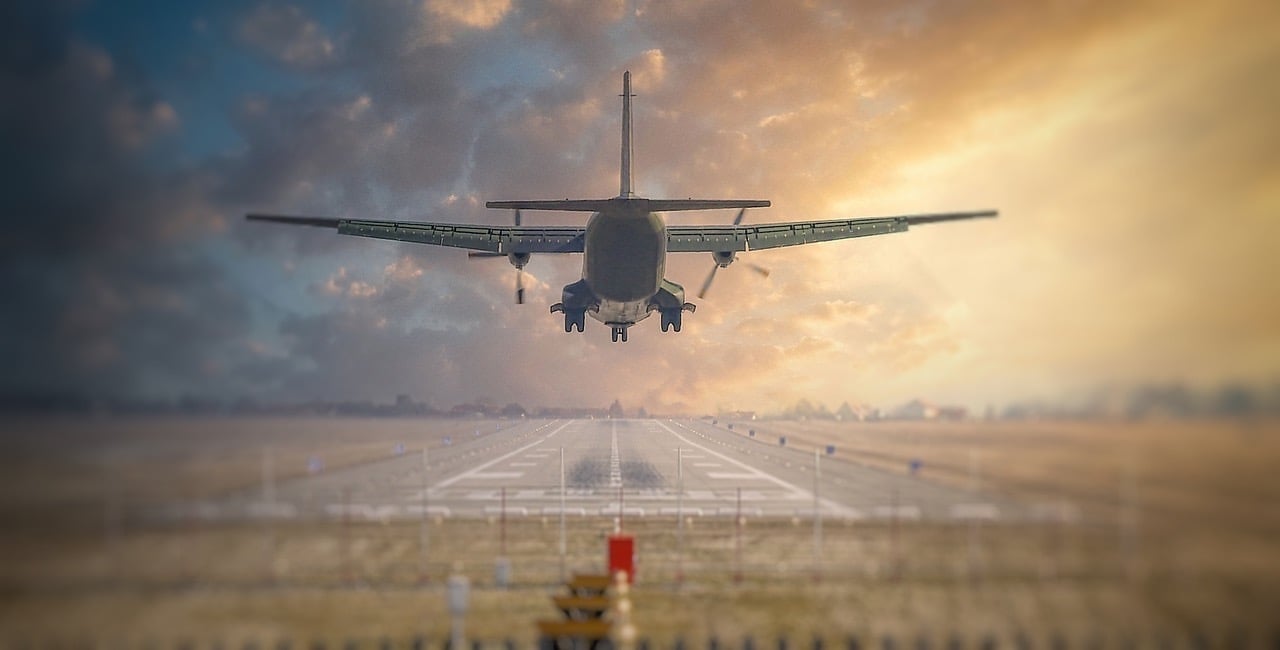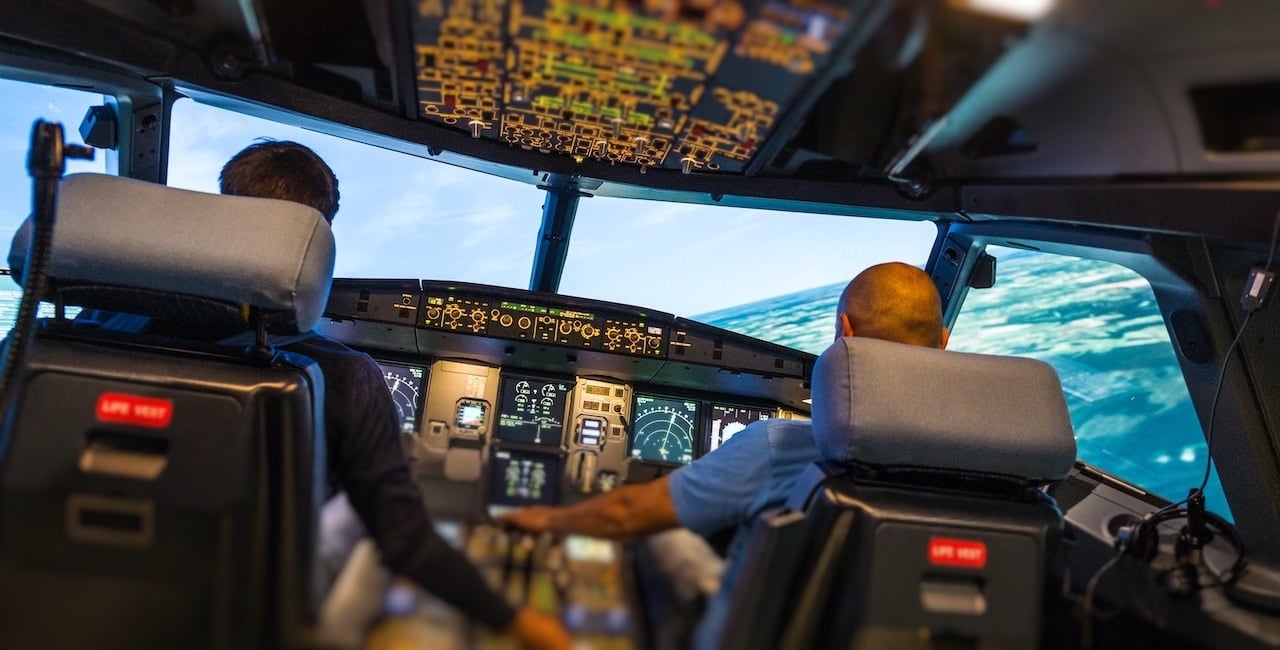The world of aviation is full of slang and unique terminology. Expressions used by pilots can sound like a completely different language to people who are not familiarised with the field.
Have you ever thought about the real meaning of words such as “mayday”, “crabbing” or “go around”?
In today’s post we’ll inform you about some of the most popular aviation pilot phrases. Rest assured, they all have a logical explanation!

